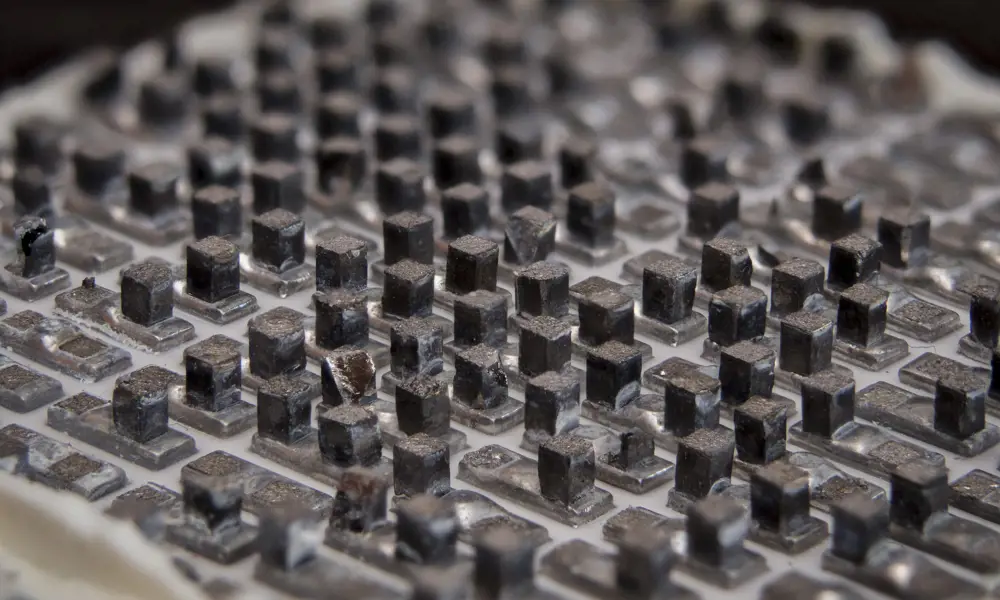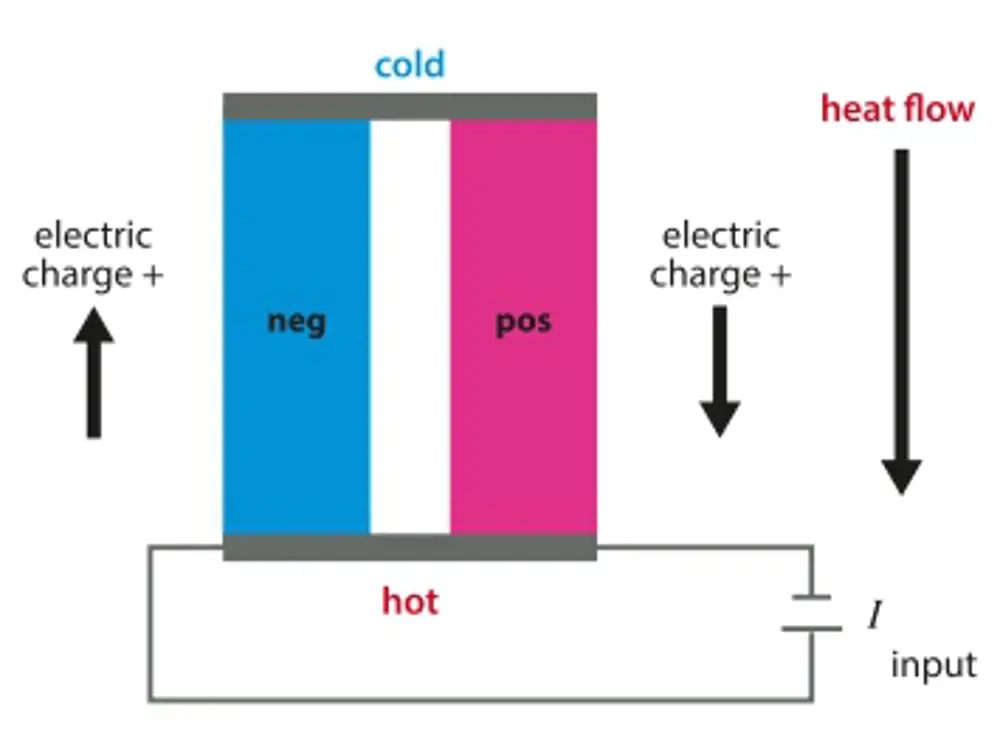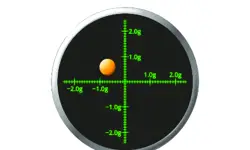
Peltier devices

Peltier effect
Thermoelectric heaters and coolers are widespread – from the cooling of the CCD (Charge-Coupled Device) image sensors in telescopes and cameras to reduce thermal noise to the camping fridge that can be run from a car battery. A discovery by French physicist, Jean Charles Peltier, was crucial for enabling these devices. The Peltier effect is a temperature difference created by applying a voltage between two electrodes connected to a sample of semiconductor material. This phenomenon can be useful when it is necessary to transfer heat from one medium to another on a small scale.
Peltier devices in spacecraft and satellites absorb the heat of direct sunlight and then dissipate it from the shaded side
In recent years, the efficiency of Peltier coolers has improved considerably by inserting a layer of the semiconductor bismuth telluride between two aluminium plates. Most thermoelectric modules now use bismuth telluride, doped to obtain positive and negative semi-conducting properties, to achieve optimum heat pumping performance. Conventional refrigerators compress and expand a low boiling point fluid to achieve cooling, however, ones using the Peltier effect, although less efficient, have no moving parts or gases to leak.
Peltier devices in spacecraft and satellites absorb the heat of direct sunlight and then dissipate it from the shaded side. Peltier coolers can also be used to remove heat from vital parts within a PC without the danger of liquids damaging the electronics. The Peltier device is clamped to the top of the main processor to extract heat away from the billions of transistors beneath it. Other uses include dehumidifiers and sensors to measure the heat flow through walls of buildings.
***
This article has been adapted from "How does that work? Peltier devices", which originally appeared in the print edition of Ingenia 65 (December 2015).
Keep up-to-date with Ingenia for free
SubscribeRelated content
Electricals & electronics

Accelerometers
Used in earthquake measurements, laptops, planes and even in stargazing apps, today’s accelerometers are much smaller than when they were first developed in 1927. Find out how they detect movement and vibration.

How to maximise loudspeaker quality
Ingenia asked Dr Jack Oclee-Brown, Head of Acoustics at KEF Audio, to outline the considerations that audio engineers need to make when developing high-quality speakers.

Cable fault locator
The winner of the Institute of Engineering and Technology’s 2014 Innovation Award was EA Technology’s CableSnifferTM, which uses a probe and chemical sensing technology to identify faults, saving energy companies millions of pounds each year.

High speed evolution
In December 2010, Eurostar International Ltd awarded a contract for 10 new high speed trains to Siemens. The company has used a system developed over decades to maximise the performance and passenger-carrying ability of its 320km/h trains.
Other content from Ingenia
Quick read

- Environment & sustainability
- Opinion
A young engineer’s perspective on the good, the bad and the ugly of COP27

- Environment & sustainability
- Issue 95
How do we pay for net zero technologies?
Quick read

- Transport
- Mechanical
- How I got here
Electrifying trains and STEMAZING outreach

- Civil & structural
- Environment & sustainability
- Issue 95